In the misty fields of County Meath, 10-year-old Aisling watched her older brother canter across the paddock on a tall, elegant gelding named “Silver Echo.” The horse, bred on their grandfather’s land, was more than a family legacy—it was a promise. Aisling’s grandfather used to say that Irish horses didn’t just run; they danced, they fought, and they carried Ireland’s spirit in their veins. As the horse cleared the final jump with grace and power, Aisling knew she was witnessing more than a rider’s triumph. She was watching history in motion. This is the world of Irish Sport Equine, a tradition where heritage and athleticism blend to produce world-class performance horses.
The Irish Sport Horse: A Breed Apart
The backbone of Irish sport equine is the Irish Sport Horse (ISH)—a powerful hybrid of the native Irish Draught Horse and the speed-oriented Thoroughbred. This blend creates a horse that is strong yet agile, calm yet spirited—an ideal competitor in equestrian disciplines like eventing, show jumping, dressage, and hunting.
The origins of the ISH go back nearly a century, when Irish breeders sought to combine the strength and work ethic of the Irish Draught with the quickness and endurance of the Thoroughbred. The result was a breed that quickly gained a reputation for excellence across Europe and beyond.
According to the Irish Horse Board, more than 30,000 Irish Sport Horses are registered across Ireland, making them one of the country’s most important equine populations (Horse Sport Ireland, 2022).
A Global Force in Equestrian Sport
Irish Sport Horses are recognized as some of the finest athletes in the global equestrian arena. The World Breeding Federation for Sport Horses (WBFSH) consistently ranks Irish Sport Horses in the top 5 globally for eventing. In 2020, they took the #1 spot in the world for eventing, outperforming horses bred in France, Germany, and the Netherlands (WBFSH, 2020).
One of the most famous Irish Sport Horses is Custom Made, who carried U.S. rider David O’Connor to a gold medal in individual eventing at the Sydney 2000 Olympics. Another standout is Flexible, a remarkable show jumper who won the FEI World Cup Final in 2012 at the age of 16, under rider Rich Fellers.
These examples are not anomalies. Irish Sport Horses have consistently performed at elite levels for decades, making them a top choice for riders around the world.
Economic Impact of the Sport Horse Industry
The Irish sport equine industry is a significant economic driver, contributing an estimated €816 million annually to the national economy and supporting more than 14,000 full-time jobs (Horse Sport Ireland, 2022). These figures include breeders, trainers, grooms, veterinarians, farriers, transporters, and competition organizers.
Ireland also exports over 6,000 sport horses annually to markets such as the United States, United Kingdom, Germany, and the Middle East. Export prices for trained Irish Sport Horses range from €10,000 to over €100,000, depending on the horse’s pedigree, age, and competition record (Teagasc, 2021).
Moreover, equestrian events like the Dublin Horse Show at the Royal Dublin Society (RDS) draw over 100,000 spectators annually, generating significant revenue through tourism, sponsorships, and media rights.
Why Irish Horses Excel
The success of Irish Sport Horses isn’t accidental. It’s the product of Ireland’s unique combination of climate, geography, tradition, and expertise.
- Natural Environment: Ireland’s mild climate and rich, grassy pastures provide optimal conditions for raising healthy horses. Year-round grazing promotes strong bone development in foals.
- Breeding Standards: Horse Sport Ireland operates a rigorous studbook and inspection process. Stallions and mares must meet strict criteria in conformation, performance, and temperament to be approved for breeding.
- Horsemanship Culture: In rural Ireland, horsemanship is a way of life. Children grow up learning to ride, handle, and care for horses. This deep-rooted culture produces a steady stream of skilled riders and trainers.
- Versatility: Irish Sport Horses are known for their versatility. Whether it’s show jumping in Monaco, eventing in Kentucky, or foxhunting in Kildare, these horses adapt and thrive in varied environments.
Challenges Facing the Industry
Despite its strengths, the Irish sport equine industry is not without challenges. Brexit, for example, has created complications for horse transport between Ireland and the UK, a key trading partner. Rising costs of feed, fuel, and veterinary care are also affecting breeders and trainers.
Moreover, international competition is growing. European nations like Germany, the Netherlands, and Belgium invest heavily in breeding programs, technology, and rider development.
To stay ahead, Irish breeders are turning to innovations like genetic testing, digital pedigree tracking, and AI-assisted training analytics. These tools help identify promising young horses earlier and reduce the risk of injury during training.
Preserving a Living Legacy
Back in County Meath, Aisling’s family is already preparing for the next generation of champions. Her father has enrolled “Silver Echo’s” foal into a Young Horse Development Program supported by Horse Sport Ireland, which combines expert training with competition experience for rising stars.
These kinds of initiatives are vital to sustaining Ireland’s equestrian legacy. They ensure that talent—both equine and human—is nurtured at every stage, from foal to finish line.
Conclusion
The story of Irish Sport Equine is a story of pride, persistence, and performance. From local farms to Olympic podiums, Irish Sport Horses carry not just riders—but the hopes of a nation steeped in tradition. Their bloodlines speak of strength and stamina, but it’s their heart that sets them apart.
As the world of equestrian sport evolves, one thing remains certain: Ireland’s horses will continue to gallop at the front of the pack, guided by generations of wisdom and fueled by fields of green.
Also Read: https://casinobolds.co.uk/
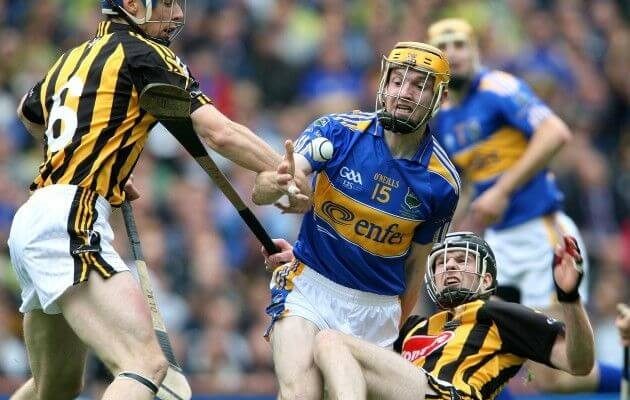




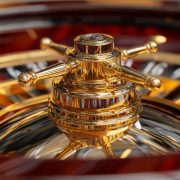
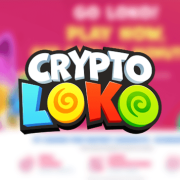
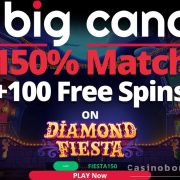
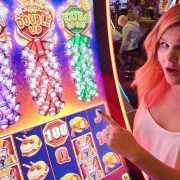

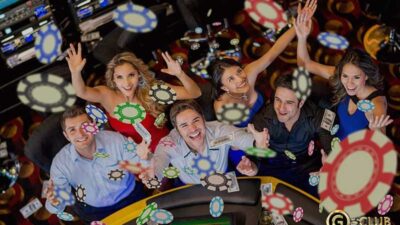
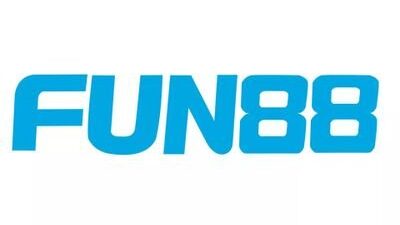

Comments